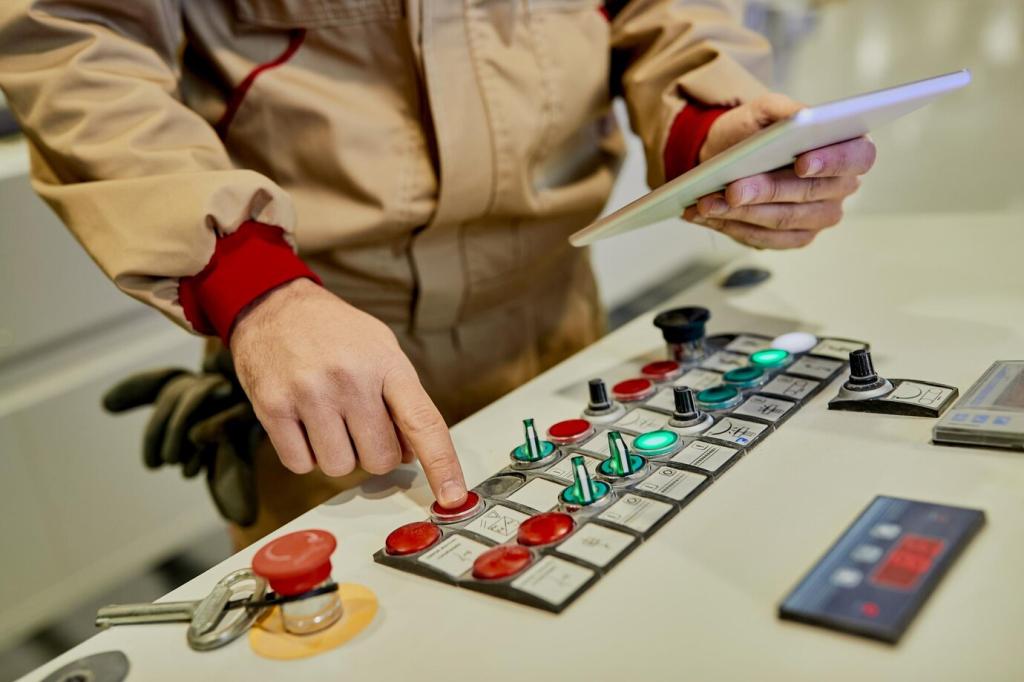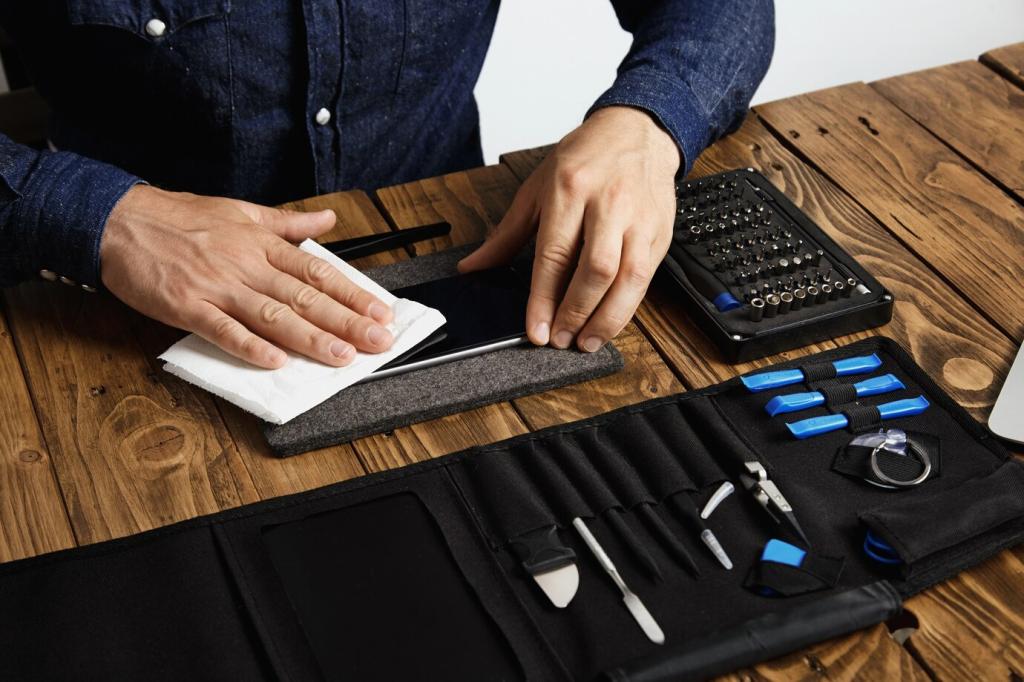
Comparing Dumbbells vs. Kettlebells for Home Workouts
Today’s chosen theme: Comparing Dumbbells vs. Kettlebells for Home Workouts. Discover how each tool shapes your training at home, from mechanics and safety to strength, conditioning, and longevity. Read on, share your experiences, and subscribe for more practical insights tailored to real living rooms, tight schedules, and big fitness goals.
How They Move: Center of Mass and Mechanics
A dumbbell balances weight evenly on both sides of your hand, encouraging symmetrical, controlled paths. A kettlebell hangs below the handle, shifting the center of mass away from your palm. That offset changes leverage, swing arcs, and how your stabilizers fire during each rep.


How They Move: Center of Mass and Mechanics
Dumbbells keep your wrist relatively neutral in presses and rows, making technique intuitive for beginners. Kettlebells naturally roll into the forearm during cleans and snatches, which can feel awkward until timing clicks. Mastering that roll reduces forearm bang and keeps the wrist stacked safely.
Hypertrophy Potential at Home
Dumbbells offer straightforward hypertrophy with controlled presses, rows, and split squats. Incremental loading and stable paths make progressive overload simple. Kettlebells can also grow muscle, especially via double-bell front squats, cleans, and presses, but often rely more on rep density and time under tension.
Unilateral Strength and Stability
Dumbbells excel in single-arm rows and unilateral lower body work, improving balance and evening out asymmetries. Kettlebells add a unique challenge through offset loading, especially in overhead holds and rack positions, demanding strong lats, obliques, and grip. Both drive stability; each stresses it differently.
Progressive Overload Strategies
With dumbbells, add small weight jumps or manipulate tempo for extra stimulus. With kettlebells, weight jumps are often larger, so progress by adding reps, sets, or time under tension. You can also switch to double kettlebells, refine technique efficiency, or shorten rest to push adaptation safely.
Conditioning and Fat Loss: Heart Rates and Sweat
Hardstyle swings train the posterior chain while spiking heart rate, often boosting post-exercise oxygen consumption. A client once swapped daily jogging for interval swings and noticed faster recovery and firmer glutes within weeks. Share your swing intervals, and tell us how your energy improved.


Conditioning and Fat Loss: Heart Rates and Sweat
Dumbbell complexes—stringing multiple lifts without putting the weights down—create metabolic stress with minimal space. Try rows, cleans, front squats, and push presses in sequence. Keep technique clean; when form slips, rest. Comment with your favorite complex so others can test it this week.


Space, Safety, and Setup for Home Gyms
Dumbbells store neatly on a small rack or under a couch. Kettlebells take little floor space but need clearance for swings. A dense mat protects floors, muffles sound, and tames wobbly surfaces. Show us your setup and share your best small-space hacks for fellow readers.
Space, Safety, and Setup for Home Gyms
Dumbbells have a gentler learning curve, though sloppy momentum can still stress joints. Kettlebells demand hinge mastery and timing to avoid forearm bruising. Start light, film your sets, and practice the hike-pass for safer swings. Drop a comment if cueing the hinge finally made everything click.
Skill Curve and Coaching Cues
Avoid shrugging during presses, swinging rows, and arching your lower back under fatigue. Think ribs down, glutes on, and pull with the elbow, not the hand. Breathe behind the shield and maintain balance over midfoot. What cue helps you most when the last reps get gritty?
Programs You Can Try This Week
Warm up, then perform goblet squats, flat presses, and one-arm rows for moderate sets and reps with slow eccentrics. Finish with loaded carries down a hallway. Aim for steady breathing and clean technique. Post your total volume and tell us which lift felt strongest today.

Recovery, Joints, and Longevity
Shoulders and Scapulae
With dumbbells, use slight incline pressing and neutral grips to spare the shoulders. With kettlebells, the overhead position stacks wrist, elbow, and shoulder well when the bell sits deep. Add daily scapular slides and band pull-aparts. Share your favorite shoulder saver for heavy press days.
Hips and Lower Back
Kettlebell swings demand crisp hinging and abdominal bracing to avoid lumbar extension. Dumbbell Romanian deadlifts build similar patterns with slower tempos. Keep shins vertical, feel hamstrings load, and exhale on effort. If a cue helped you unlock your hinge, drop it in the comments for newcomers.
Recover Smarter
Prioritize sleep, hydration, and light movement on off days. Use breathing drills after conditioning to settle the nervous system. Short mobility snacks keep joints happy. Track session quality in a simple log, and subscribe for our weekly recovery checklist that pairs with your chosen tool.
